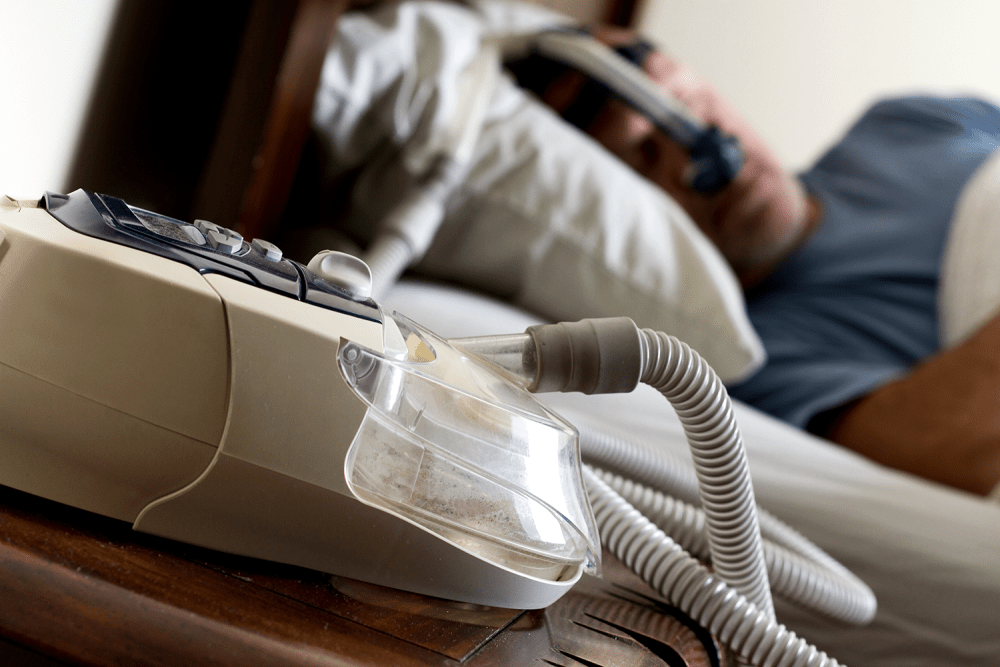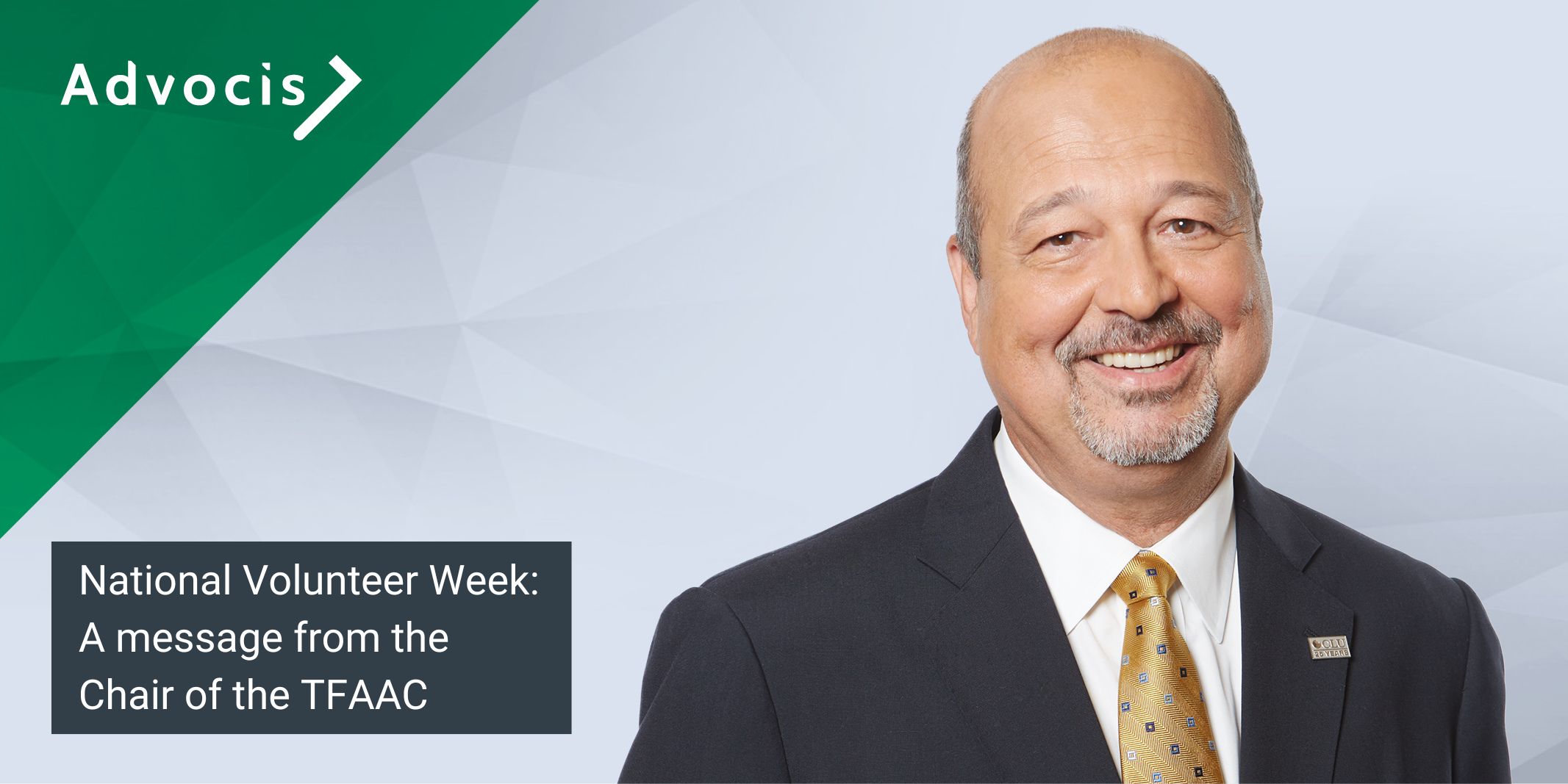By Michelle Roussin
Sleep apnea is a disorder where the airway becomes blocked, which impacts a person’s breathing. If the airway blockage is left untreated, the long-term health consequences are the increase risk of heart disease, hypertension, and stroke, just to name a few. Because of these medical risk factors, most, if not all, insurance companies will need to pay close attention to this medical condition during the medical underwriting process for both life and critical illness insurance.
Over the last few years, I’ve seen many notifications of sleep apnea disorder on applications, but little follow-up medical data, evidence, and details. This lack of detail creates unnecessary delays and increases the need for Attending Physician Statements (APS).
Changing just a few communication practices upfront can remove significant barriers and actually improve the underwriting decision.
Once sleep apnea is disclosed on the application, consider following up with the client to get answers to these eight questions:
- When were you diagnosed with sleep apnea?
- Who diagnosed you with sleep apnea?
- Does your general practitioner have all your investigative reports?
- Does your treatment plan include the use of a Continuous Positive Airway Pressure machine (CPAP)? If not, what is your treatment plan?
- Are you exercising your treatment plan each day?
- If you are using a CPAP machine, can you confirm if you have the latest compliance and therapy report? If not, could you get the last six months’ worth of data via your sleep clinic?
- Since using the recommended treatment, how are you feeling?
- Do you have a medical history of stroke, transient ischemic attack, heart attack, diabetes, or hypertension? If so, please provide details.
Details matter, and taking the time to package the case for the underwriter upfront will allow you to get better and faster underwriting decisions and overall clarity on the final decisions.
The current environment of physical distancing and COVID-19 has forced paramedical companies to cease the performance of paramedical exams and the collection of vitals. As a result, most insurance companies have responded by increasing their non-medical limits. There is no greater time for advisors to take ownership and dive into the medical details of a condition clients have disclosed. These details will make a significant impact on your approval rate success during this pandemic. If you do not know what questions to ask next, reach out to a field underwriting expert and reconnect with the client to finalize the application.
Michelle Roussin, AALU, ALMI, CHS, is a field underwriting expert with 23 years of experience.








